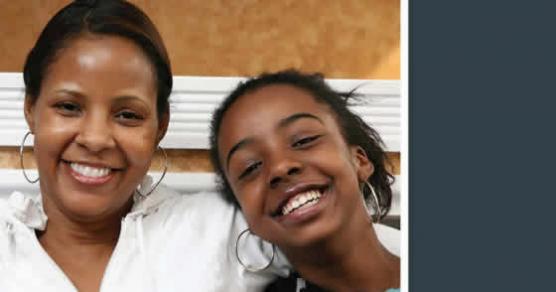Implementing a Conditional Cash Transfer Program in Two American Cities
Early Lessons from Family Rewards 2.0

In 2007, New York City launched the first test of a conditional cash transfer program in the United States. Called Family Rewards, the program sought to break the intergenerational cycle of poverty by offering cash assistance to poor families to reduce immediate hardship, but conditioned this assistance on families’ efforts to improve their health, further their children’s education, and increase parents’ work and earnings, in the hope of reducing poverty over the long term. The program had positive effects on some outcomes, but left others unchanged. Building on the lessons learned from that evaluation led to the next iteration and test of the model — called Family Rewards 2.0, the subject of this report.
Family Rewards 2.0 was launched in July 2011 in the Bronx, New York and Memphis, Tennessee. While still offering rewards in the areas of children’s education, family health, and parents’ work, Family Rewards 2.0 has fewer rewards in each domain, offers the education rewards only to high school students, makes the rewards more timely by paying them each month, and includes family guidance. The addition of guidance, or having staff members actively help families develop strategies to earn rewards, represents the biggest change to the original model.
MDRC is evaluating the program through a randomized controlled trial involving approximately 1,200 families in each city, half of whom can receive the cash rewards if they meet the required conditions, and half of whom have been assigned to a control group that cannot receive the rewards. This report presents early findings on the program’s implementation and families’ receipt of rewards during the first two years.
Key Findings
After some recruitment and start-up challenges in Year 1, the program was operating generally as envisioned in both cities by Year 2. The findings indicate that:
- Nearly all families earned at least some rewards, and the average family who earned rewards earned $2,160 during Year 2.
- The family guidance component evolved substantially over time, moving from less intensive interactions focused on paperwork in Year 1 to more intensive interactions designed to help families take steps to earn rewards in Year 2.
- Families in Family Rewards 2.0 seem to have understood the rewards more completely than families did in 1.0, and they were more likely to earn the rewards that were offered.
- The revised model, and most probably the more intensive family guidance component, succeeded in engaging the types of families who were less engaged in Family Rewards 1.0.
- However, offering fewer rewards meant that the total amount of cash transferred to families was less in Family Rewards 2.0 than in Family Rewards 1.0.
The final assessment of whether the new program is more effective than the original model will come in a later report, with the impact analysis. But the findings to date on the first two years of implementation are encouraging and suggest that Family Rewards 2.0 was a step in the right direction in the effort to assess whether the conditional cash transfer model can work in the United States.







